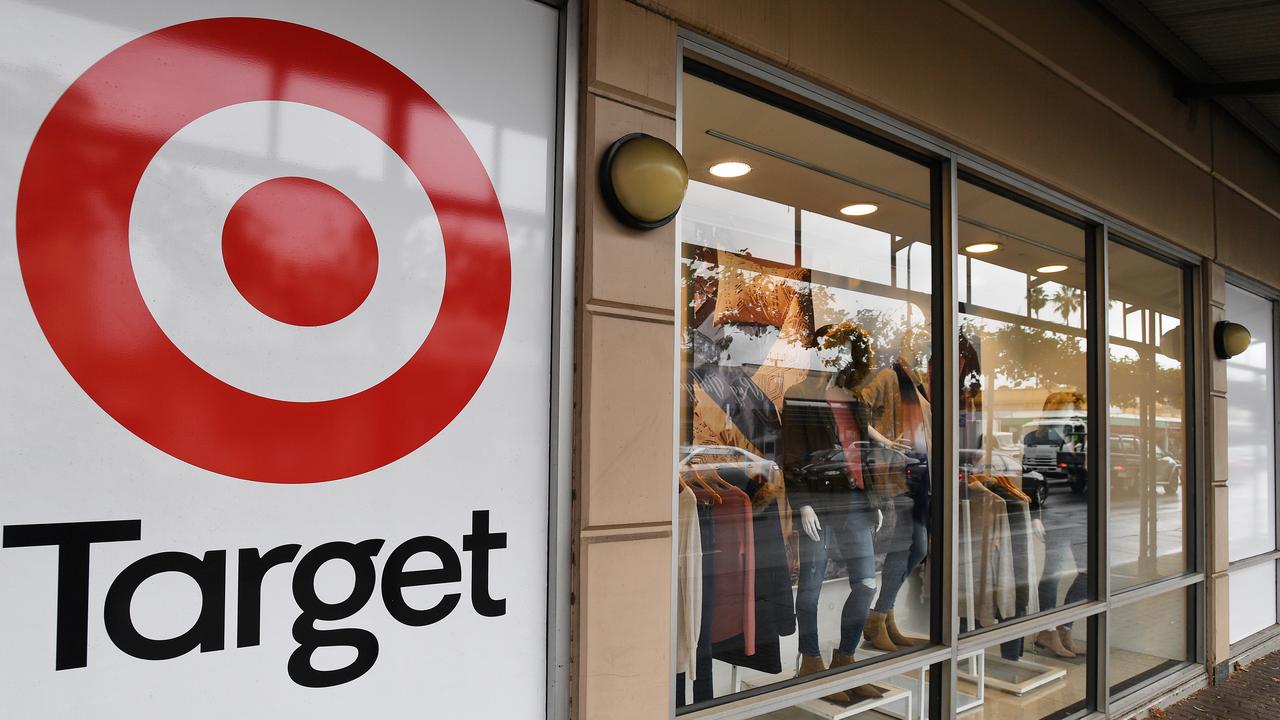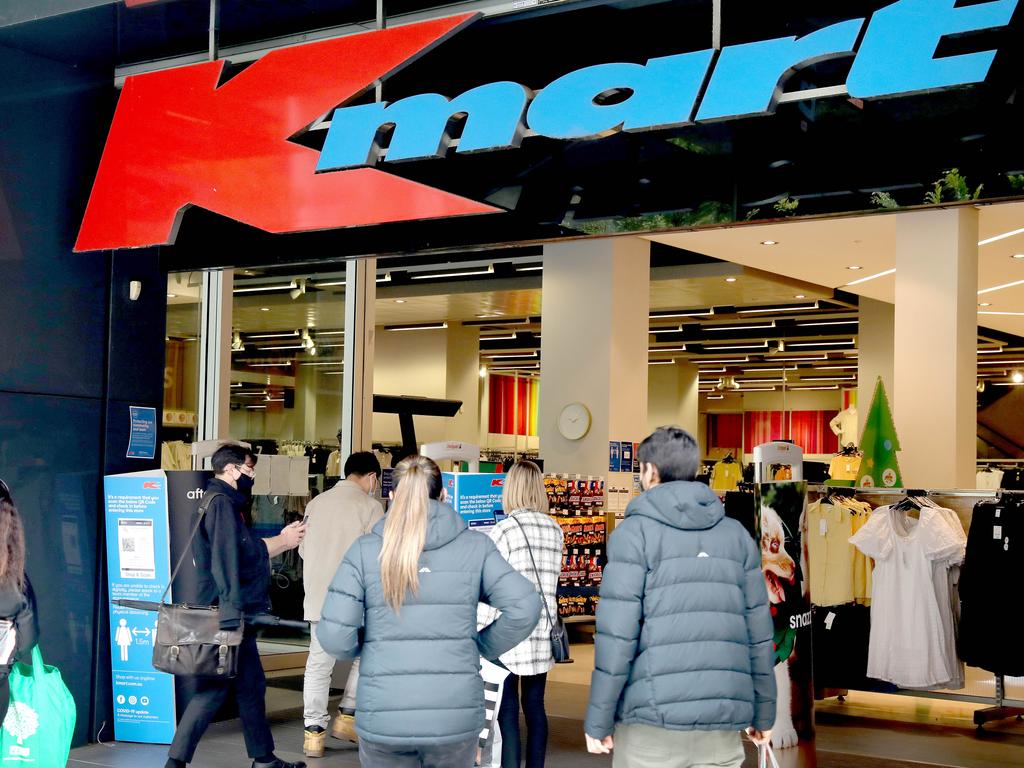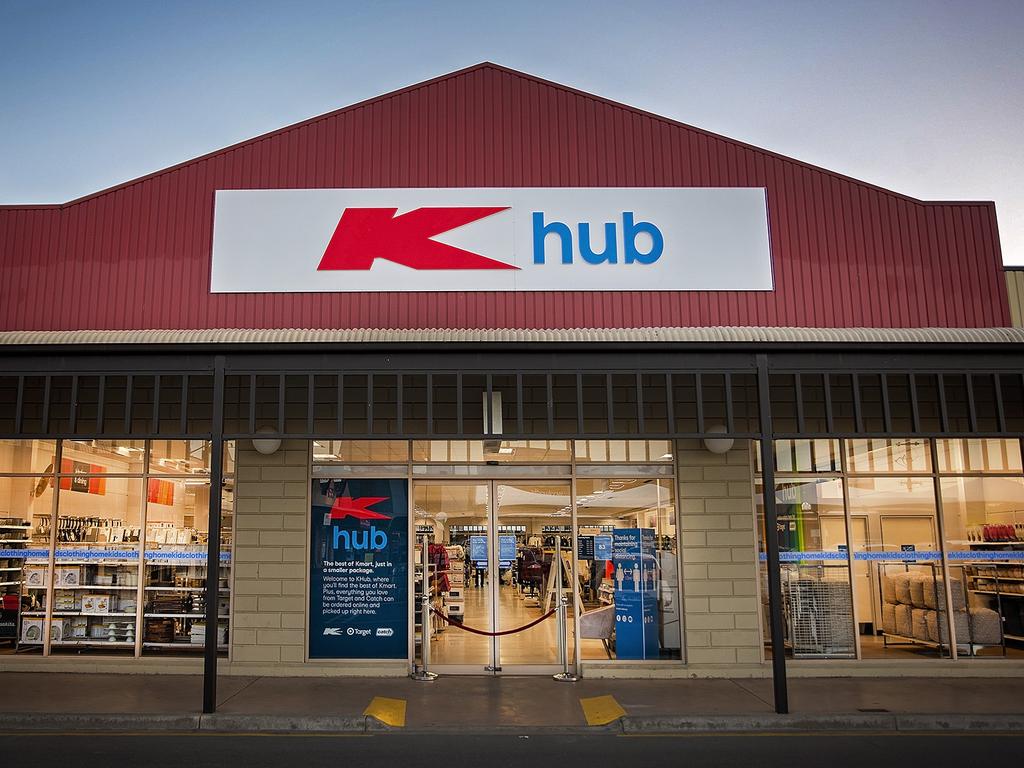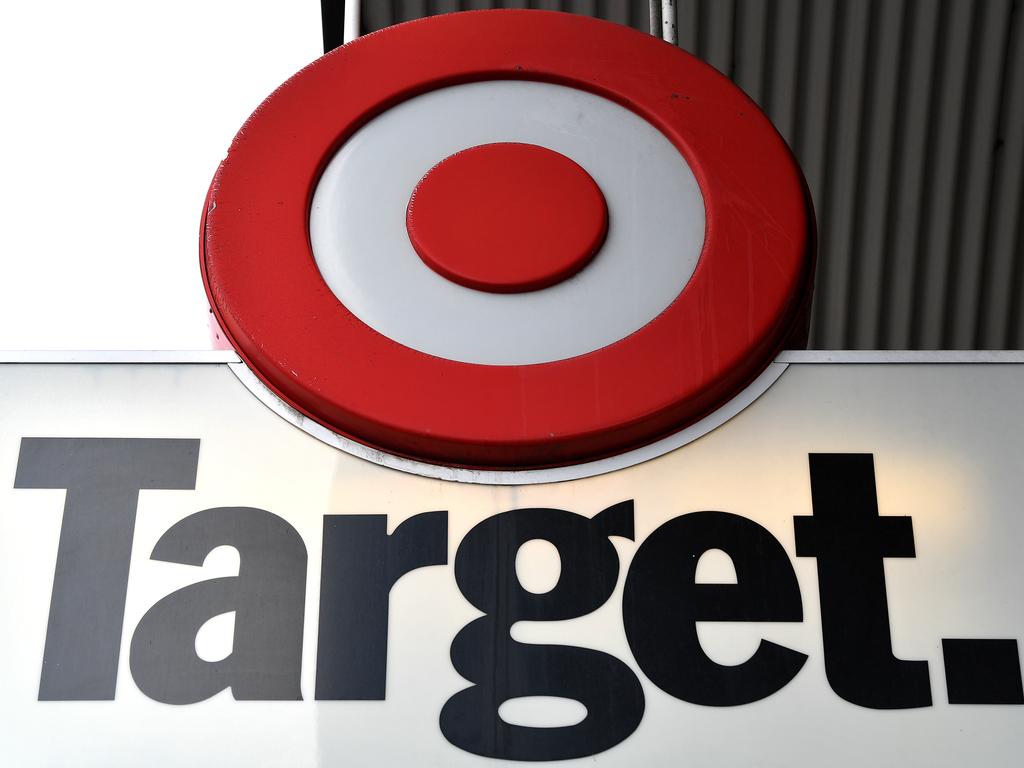‘Do we need it?’: Speculation about Target’s future after $10bn mega merger with Kmart
After years of Target shrinking as Kmart soared, there is speculation a $10 billion mega merger could be the death knell for the struggling retail icon.
A shock $10 billion move last week by the owner of the underperforming Target chain could be a the eventual death knell for the brand, at least on stores.
That’s the opinion of a seasoned retail analyst after conglomerate Wesfarmers announced it would merge the management of its Kmart and Target businesses.
“In time, is this the end of Target as a brand in physical retail?” asked Brian Walker, the CEO of retail consultants the Retail Doctor Group. “Only time will tell”.
Mr Walker said Target’s smaller size compared to Kmart, the cost of running two store networks and the similar ranges all put the brand at risk.
But Wesfarmers has insisted it’s “business as usual” at both Kmart and Target.
“The announcements this week are an internal reorganisation of our support offices and there are no impacts to the Kmart or Target stores,” the firm said in a statement.

$10 billion mega merger
Earlier this week, it was announced that Kmart and Target would merge creating a $10 billion retail giant.
Current Target managing director Richard Pearson will be moved to a new role running operations at pharmacy chain Priceline, bought by Wesfarmers earlier this year.
While Target was already a part of Wesfarmers’ Kmart Group, that division’s managing director Ian Bailey will now take over the day to day running of both brands bringing the stores much closer together.
“Kmart and Target are both strong businesses. I don’t see us doing this from a position of weakness. It’s quite the opposite. I’d say we’re strong” Mr Bailey told the AFR.
“What we found was that running two businesses it was very, very difficult to get the tech into Target, and to get those benefits. This is really why we decided to push the two businesses into one.”
That technology includes introducing merchandise planning tools and Tory, a robot that rolls around the aisles checking stock levels, into Target.
Mr Baily said there would be a “handful of redundancies” at Target but that by next year the combined entity would have “more jobs”.
He also flagged that lower running costs would “deliver even greater value to our customers”.
News.com.au understands that despite the merger some teams, such as marketing, would remain dedicated to Target.

Target now far smaller than Kmart
There’s no doubt that Target is a far diminished retailer than it was six years ago, when Wesfarmers first flagged it would be combining some back office functions at Target and Kmart.
At the time, the Target name hung above almost 300 stores across Australia.
At the time, then Wesfarmers CEO Richard Goyder told the Sydney Morning Herald that it would be a “bridge too far” to combine Target and Kmart completely as “they still, to a degree, compete with each other”.
Times have clearly changed.
Now there are only 124 Targets, following brutal store closures and conversions to either the Kmart or the smaller Khub formats.
By any measure, Kmart is now substantially larger than its sister brand.
Its 324 stores far outnumber those of Target while far more cash goes through Kmart’s registers.
For the half year to December 31, Kmart Group earnings increased an impressive 114 per cent to $475 million. Wesfarmers doesn’t detail how that’s divided between Kmart and Target, but the largest contribution is undoubtedly from Kmart.
In addition, while comparable growth at Kmart was up by 17.1 per cent in the half, Target managed only a 2.8 per cent rise.

‘Do we need two brands?’
The Retail Doctor’s Mr Walker said he “applauded” the merging of Target and Kmart’s back end which was a “logical move” to cut costs.
“It’s a clever and necessary strategy to unlock synergies, driving economies of scale”.
Running two separate department stores was a drain on the balance sheet, he told news.com.au.
But it did raise the question of whether even greater economies of scale could be achieved by axing the Target store network completely.
“Target is the less dominant brand to Kmart,” Mr Walker said.
“In an omnichannel environment, do we need two physical shop brands with all the costs? “And two brands that really are not that differentiated in range and offer?”

‘Everyday life’
Mr Walker said he didn’t see the Target name disappearing entirely but it could “in time” become an online only brand or a premium category range within Kmart stores.
Wesfarmers disagrees and has said there was room for both fascias.
At its latest strategy briefing to investors, in late May, Wesfarmers said both brands were “iconic” but “with differentiated customer propositions”.
Kmart, it stated in a presentation, was about, “making everyday life brighter,” for families by delivering low prices; Target’s vision is to offer “affordable quality for everyday life” with a focus on “mum and her growing family”.

Target brand now more secure
Marketing expert Professor Gary Mortimer from Queensland University of Technology said the future of Target as a stand-alone retail brand was now more secure because Kmart could ensure the two weren’t stepping on each other’s toes.
“When there were different people running each division, Target would end up cherry picking Kmart’s strategy. You’d walk into Target and find a $7 toaster and then you’d find the same thing at Kmart and that confused shoppers,” he said.
“Now, they’re successfully pushing a smaller Target business into that middle market that Harris Scarf occupies.
“So better quality homewares and apparel, and a clearly positioned Kmart as the everyday low price retailer.”
Prof Mortimer said Kmart Group management could now act as a kind of retail air traffic control ensuring the right products were in the right stores and the two brands were differentiated.
And while there were going to be two sets of cost with two brands – like two marketing teams – overall it would still be a cheaper organisation to run.
“Once you remove those costs of duplication, you increase your efficiency and start to lower the costs of doing business, which means you can either build more profit or deliver lower prices.”
Prof Mortimer added that the successful turnaround of Myer, under soon to be departed CEO John King, may have demonstrated to Wesfarmers there was still money to be made in the middle market.
“Some customers don’t necessarily want the cheap and awful and they certainly don’t want the high end premium, but the middle market seems to be quite viable”.
And that’s a customer the Target brand might appeal to more than the Kmart brand.
Wesfarmers is bullish about the changes, stating: “With customers now demanding value more than ever, this operating model will unlock a new level of scale and productivity across both brands, so we can deliver even greater value to our customers in the future.”






